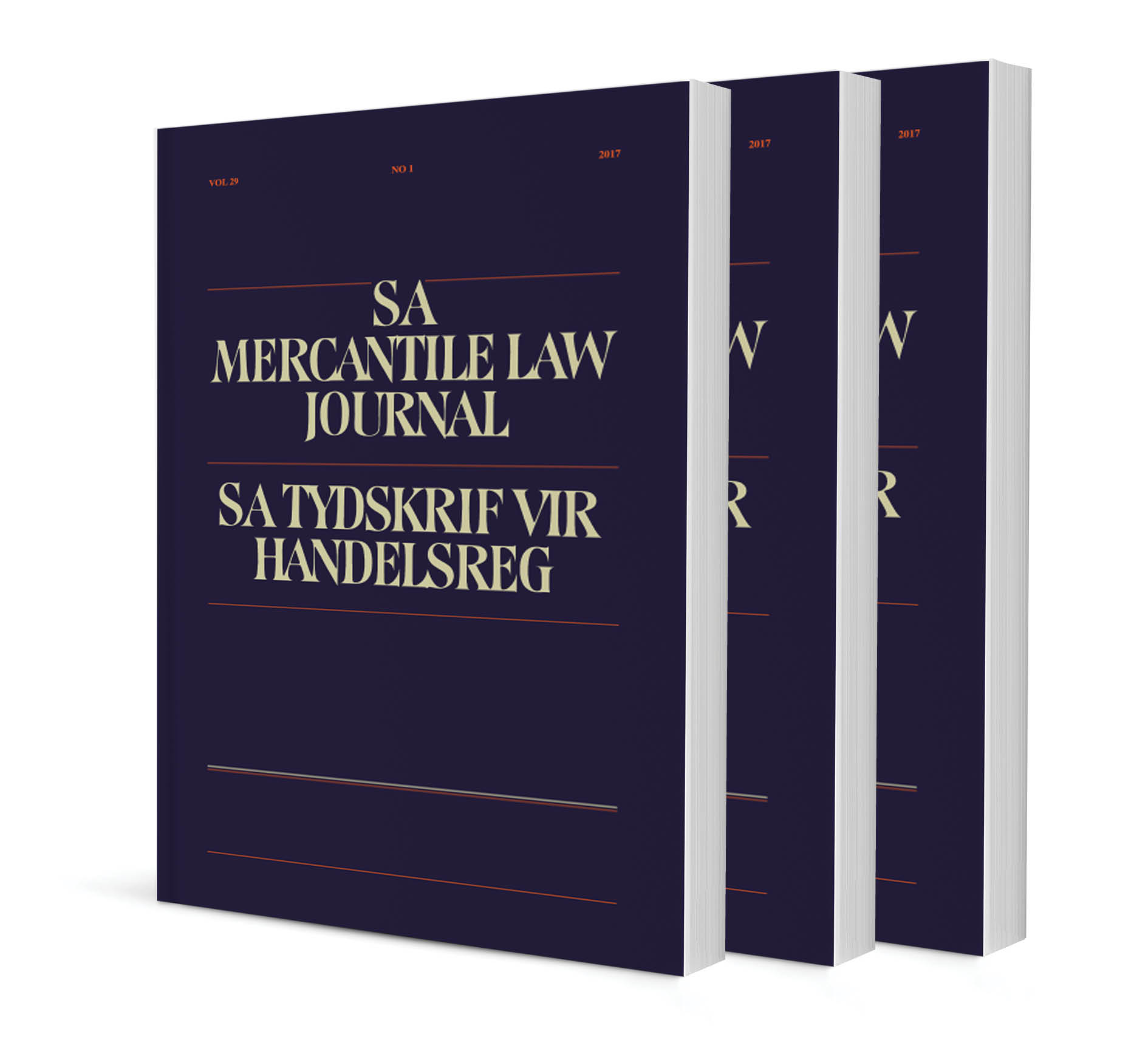
The trade mark similarity threshold and function in dilution law: A comparative analysis
Authors Chris Job
ISSN: 1996-2185
Affiliations: Honorary Professor, Centre for IP Law, Department of Private Law, University of Pretoria and Senior Consultant, Adams & Adams
Source: South African Mercantile Law Journal, Volume 30 Issue 3, 2018, p. 456 – 476
Abstract
South Africa enjoys explicit legal protection against trade mark dilution provided by sections 10(17) and 34(1)(c) of the Trade Marks Act 194 of 1993, as is the case in the United States of America (USA) and the European Union (EU). This is available in all three jurisdictions for a registered, well-known or famous trade mark, which is either identical or similar to a later mark of another person notwithstanding there being no likelihood of deception or confusion between the marks in use. The Supreme Court of Appeal has interpreted ‘similar’ as setting a threshold of ‘having a marked resemblance’ and has applied this elevated test questionably and as a stand-alone requirement for entry to these anti-dilution sections without the need to consider their other substantial provisions. In the USA and the EU, ‘similar’ is given its ordinary meaning, setting a lower entry threshold than in South Africa. Similarity is also only one of several criteria considered and applied globally. It is suggested that the Supreme Court of Appeal has strayed from the correct approach and that self- or legislative- correction is needed.